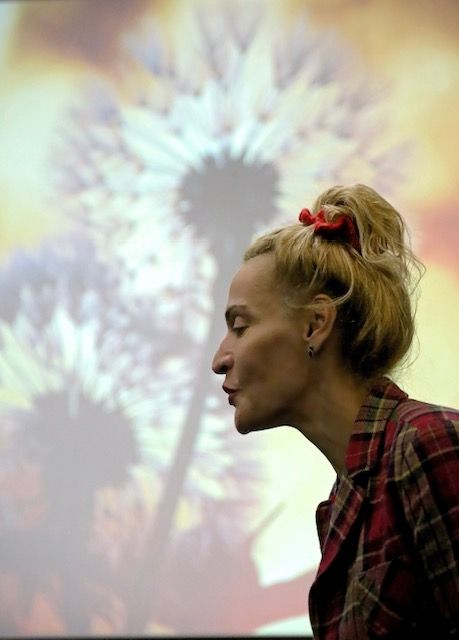
What do we do with the first thought that appears?
How many of us ignore it and how often do we do that?
For example, I am sure that most of us often accept the invitation to some events even if we would rather say NO. The problem is not to say no, but we accept it because we would like to show respect to the person who invited us. It used to happen to me in the past. I would go to certain events, but upon arriving home, I would wonder why I didn’t politely explain that I couldn’t come.
Experience has taught me that the first thought that comes to you is the best one. You may also see it as a non-critical, non-judgmental inner voice telling us “something”; we should listen more to it. Of course, this voice can be kind, but sometimes also a bit uncomfortable telling us to do or not to do some things. You may have seen it with those who make quick decisions that are not easily understood by everyone at the beginning and later on prove to be the best.
From a scientific point of view, we can speak about neuroception conceived by Dr Stephen Porges. It describes how neural circuits distinguish if the situations or people are safe, dangerous, or life-threatening. For example, a baby stops crying when a mother takes them in her arms because of the feeling of safety and security. On the contrary, the baby feels a hug from a stranger as a danger. Some may see this as the sixth sense.
Tips:
- always choose the first thought because it did not come to your mind by chance
- re-examine it briefly if you like to think it through
- crucial decisions should pass through the entire decision-making process











